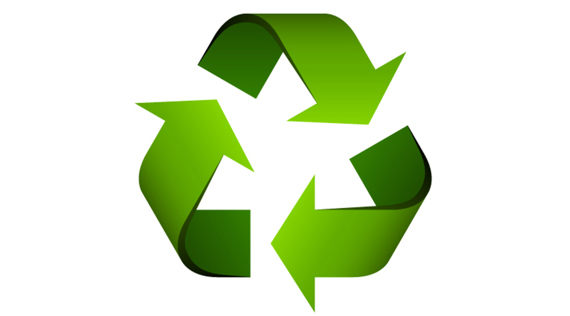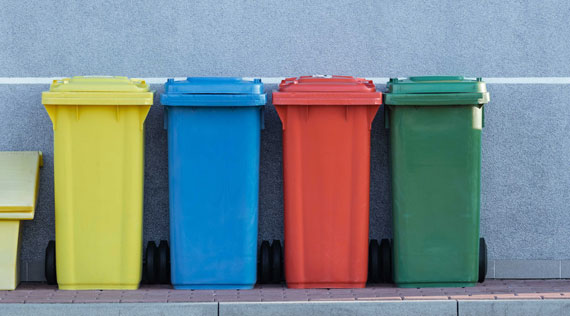WASHINGTON -- The U.S. Environmental Protection Agency (EPA) has released a National Recycling Strategy draft for public comment through Dec. 4, 2020. The goal is to finalize the strategy by early 2021. The draft aims to identify clear objectives and actions needed to build a stronger, more resilient U.S. municipal solid waste recycling system. The document is organized around three objectives: 1) reduce contamination, 2) increase processing efficiency, and 3) improve markets.
Despite its history as a major pollutant, the complexities of plastic were not addressed. Notably, the strategy failed to recognize waste reduction as an organizing objective for non-recyclable materials, such as most plastic, or how reduction and reuse should be utilized in tandem with recycling. Moreover, strategies for addressing plastic were lumped together with other materials, such as metals and paper, which, unlike plastic, are highly recyclable.
In response, U.S. PIRG Education Fund Associate Haley Clinton made the following statement:
“The EPA has failed to address two elephants in the room: waste reduction and plastics. On its own webpage, the EPA admits that the most effective way to reduce waste is not to create it in the first place, but somehow there is no mention of waste reduction as part of their national recycling strategy. On top of that, the strategy fails to account for the complex problems caused by plastic. Not only does plastic pollute our planet for hundreds of years, it’s often impossible to recycle and contaminates otherwise recyclable materials.”

